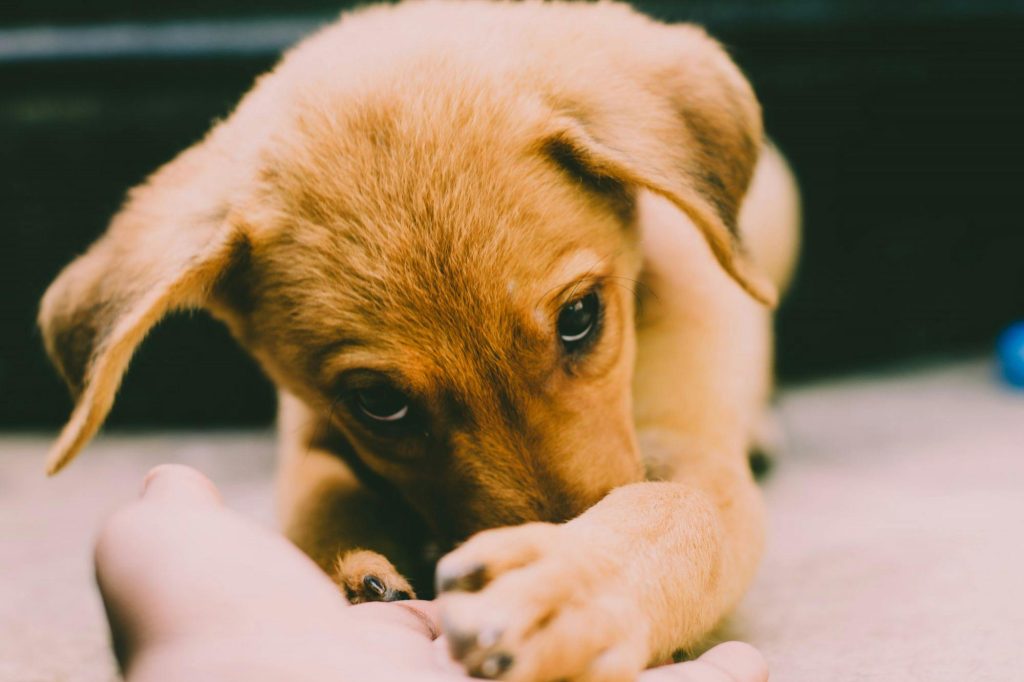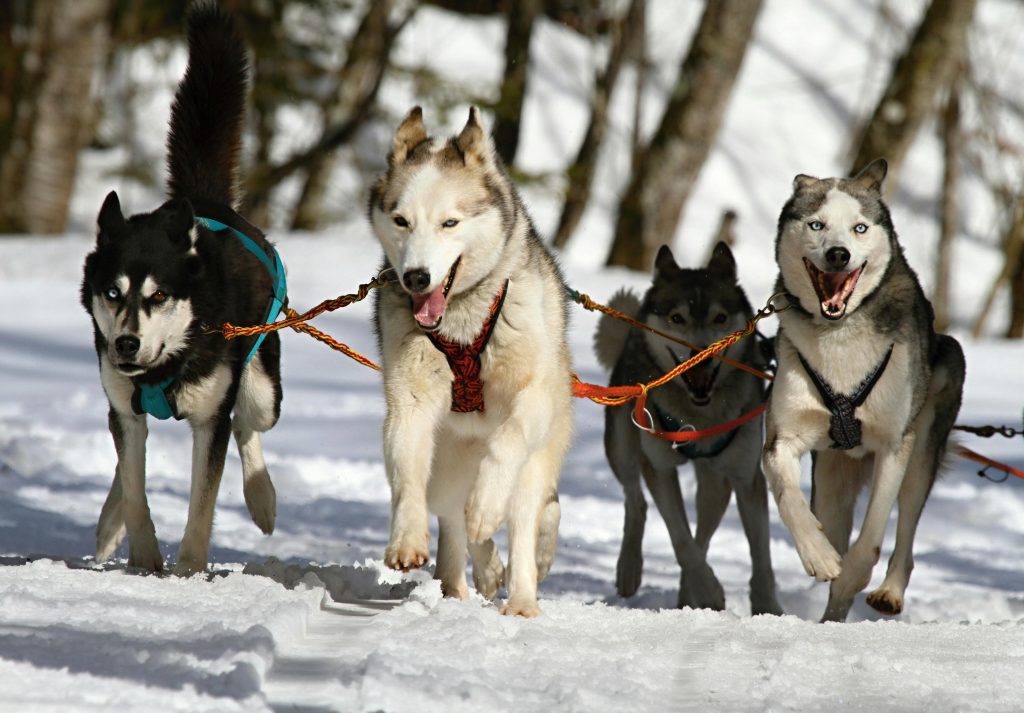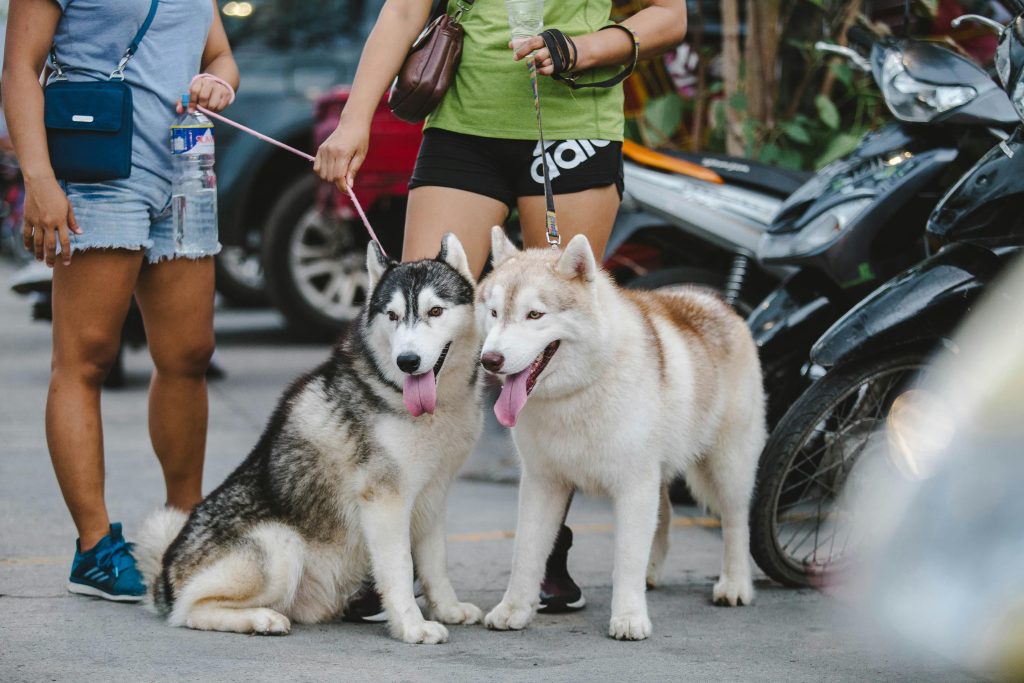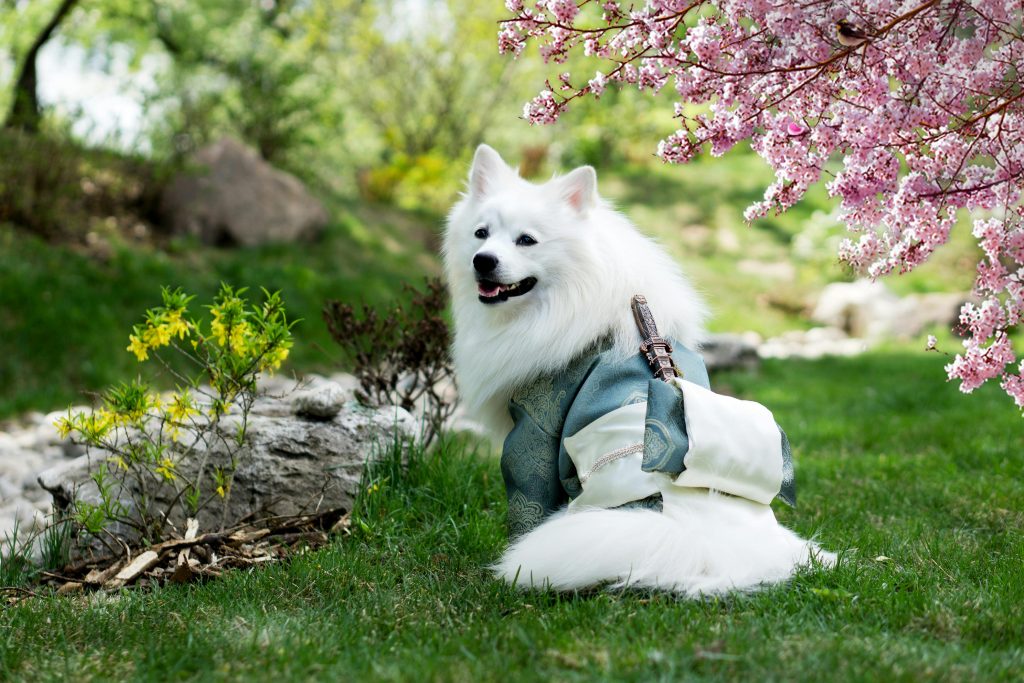Some dogs greet strangers with wagging tails. Others? Not so much. Barking, growling, or hiding behind your legs can all be signs of stress. But with the right training, your pup can learn to stay cool even when meeting new faces.

1. Don’t Force the First Hello
If your dog reacts anxiously to strangers, don’t push introductions. Forcing interaction can make things worse. Let your dog observe from a safe distance first. Curiosity works better than pressure.
2. Use Treats to Build Positive Associations
Every time a stranger appears and your dog stays calm, reward them with a treat or praise. Over time, they’ll learn: “New people = good things happen.” It’s classical conditioning—dog edition.
3. Practice Controlled Exposure
Start with calm strangers in low-distraction environments, like a quiet sidewalk or driveway. Gradually increase difficulty. The key is gradual—don’t go from zero to busy shopping mall overnight.
4. Teach Focus with a Command
Train your dog to look at you on cue, like with a “Look” or “Watch me” command. When strangers walk by, redirect their attention to you and reward. This helps them feel safe and grounded.
5. Stay Calm Yourself
Dogs mirror your energy. If you’re tense when someone walks up, they’ll feel it. Breathe, smile, and act like it’s no big deal. Your confidence is the best cue your dog can get.
6. Don’t Punish the Reaction
Yelling or yanking the leash when your dog barks at a stranger can increase fear. Instead, guide them away, wait for calm behavior, then praise. Calm corrections > harsh discipline.
7. Socialize Early, but It’s Never Too Late
If you have a puppy, introduce them to lots of friendly faces early on. But even older dogs can learn. With time, repetition, and trust, your dog can go from “stranger danger” to social butterfly.



